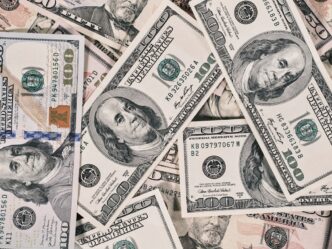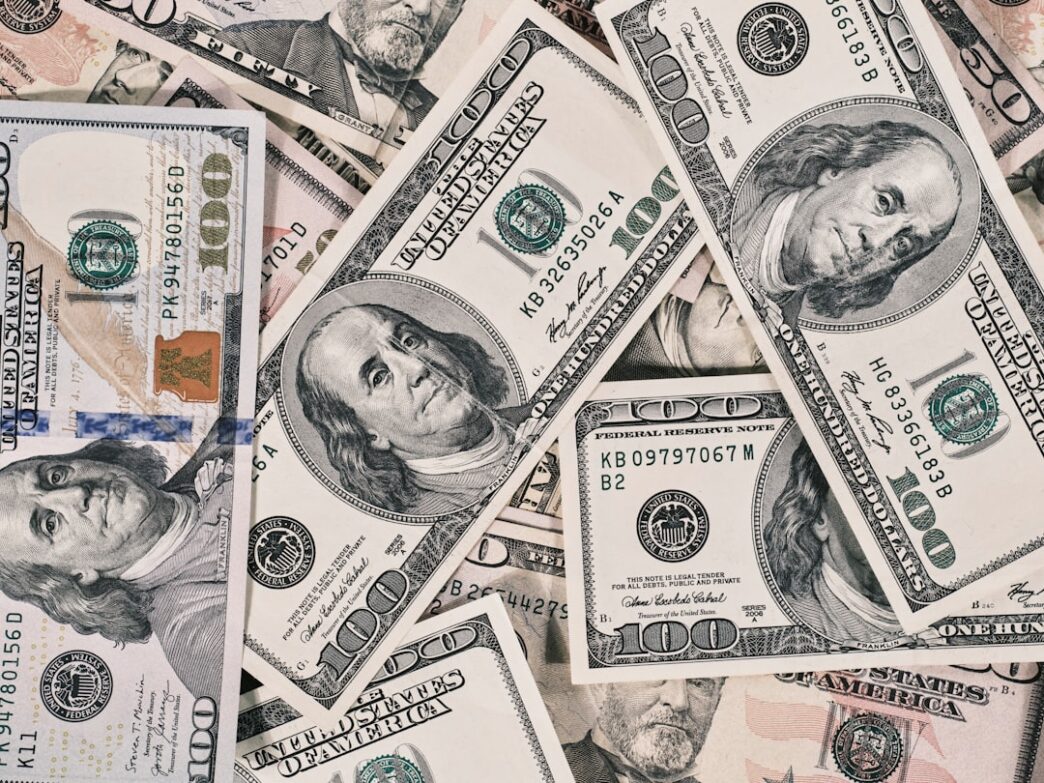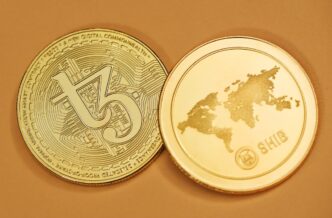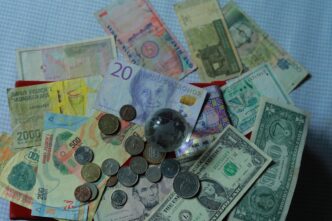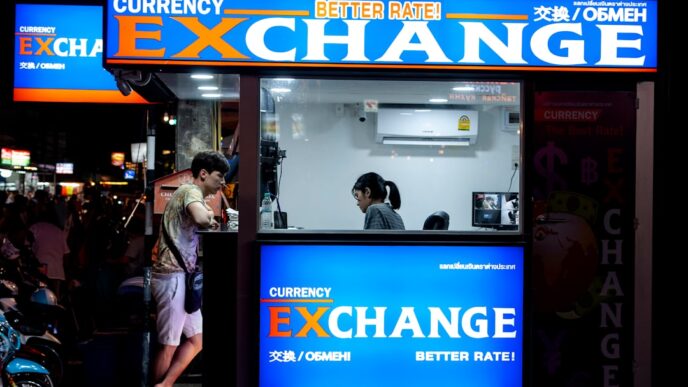In recent years, the intersection of behavioral economics and monetary policy has garnered increasing attention among economists and policymakers. Traditional economic theories often assume rational decision-making by individuals, positing that people will always act in their own best interests based on available information. However, behavioral economics challenges this notion, shedding light on the cognitive biases and emotional influences that affect financial decisions. This article explores how integrating behavioral insights into monetary policy can enhance economic stability and improve outcomes for both consumers and central banks.
One of the most critical aspects of behavioral economics is the concept of bounded rationality, which suggests that individuals make decisions based not on a comprehensive analysis of all available data, but rather within the constraints of their limited cognitive resources. This means that consumers might not fully understand or react optimally to monetary policy changes, such as interest rate adjustments. For instance, in an environment where central banks lower interest rates to stimulate borrowing and spending, consumers may not immediately respond as expected due to various cognitive biases, such as overconfidence in their financial situation or loss aversion.
The recent COVID-19 pandemic exemplifies this gap between traditional monetary policy expectations and actual consumer behavior. Many central banks slashed interest rates to near-zero levels to support the economy. However, despite favorable borrowing conditions, consumer spending did not rebound as anticipated. A lack of confidence in the economic recovery and the psychological impact of uncertainty led to a cautious approach among households. Recognizing these behavioral patterns can help central banks tailor their communication strategies and policy tools to better align with public sentiment and expectations.
Another significant behavioral insight is the role of framing effects in decision-making. How information is presented can dramatically influence how individuals respond to monetary policy. For example, if consumers perceive a rate cut as a signal of economic distress, they may choose to save rather than spend, counteracting the intended stimulative effect of the policy. Therefore, effective communication from central banks is crucial. By framing policy decisions positively, emphasizing the recovery aspect, and clearly explaining the rationale behind actions, central banks can potentially mitigate negative responses and foster more favorable consumer behavior.
Moreover, behavioral economics highlights the importance of expectations in shaping economic outcomes. Central banks often rely on forward guidance to influence public expectations about future interest rates and economic conditions. However, if consumers have a tendency toward pessimism or skepticism, their expectations may not align with the central bank’s intentions. The recent phenomenon of “inflation expectations” illustrates this point. Despite central banks assuring the public that inflation will remain low, consumer sentiment has reflected heightened concerns about rising prices, leading to changes in spending behavior. Here, behavioral insights can inform more nuanced approaches to managing and communicating inflation expectations, ensuring that policy measures are effective.
The integration of behavioral economics into monetary policy does not come without challenges. Policymakers must navigate the complexities of human behavior while ensuring that their interventions remain effective and do not inadvertently exacerbate market volatility. Additionally, there is a risk of overemphasizing behavioral factors, potentially overshadowing fundamental economic indicators that also warrant attention.
In conclusion, the evolving landscape of economic understanding underscores the necessity for policymakers to consider behavioral economics when formulating monetary policies. By recognizing the cognitive biases, emotional factors, and contextual framing that influence consumer behavior, central banks can design more effective strategies to achieve economic stability. As the global economy continues to face unprecedented challenges, the integration of behavioral insights into monetary policy will prove essential in guiding economies toward a more resilient and sustainable future.
